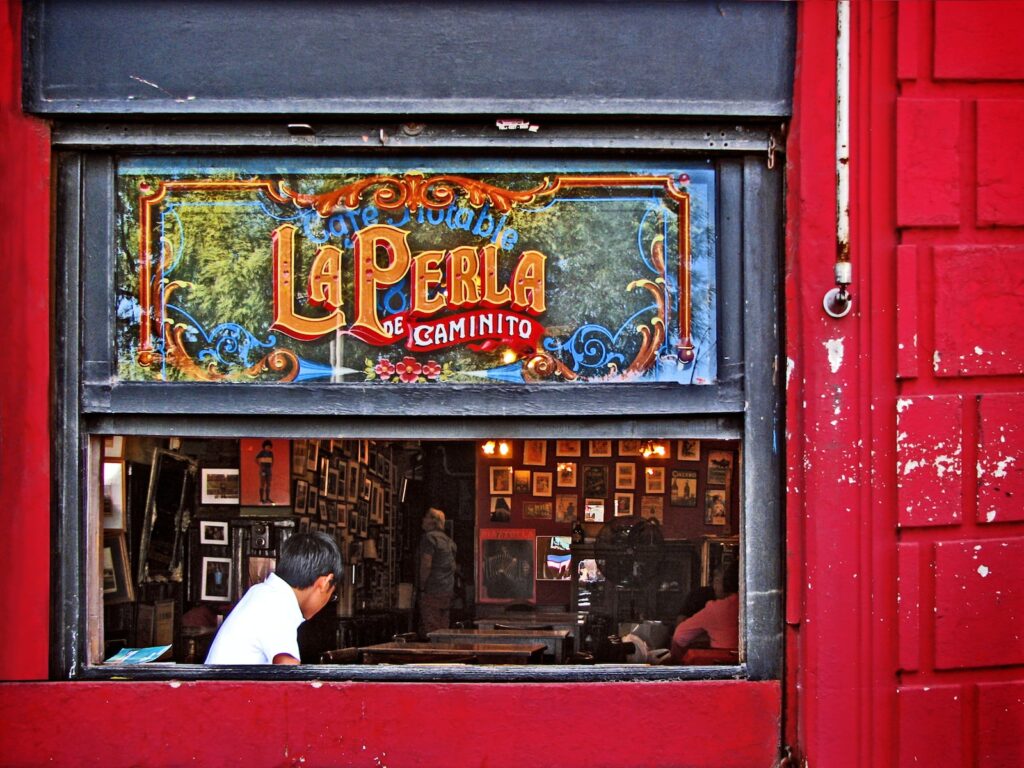
“Leggo” – The colloquial language
The so-called high level language differs from the colloquial language depending on the country and region in terms of expression, dialect and neologisms, which can arise through the influence of other languages. The high-level language is, so to speak, the “basic framework”, the colloquial language develops through daily use, in which the vocabulary is then shortened or words are combined for the sake of simplicity.
Especially in big cities, a variation of the original language develops due to the influence of youth movements and the clash of many different cultures.
What is colloquial language actually?
Have you also noticed that when you travel to an English-speaking country, you are able to communicate and make yourself understood, but in some cases you can hardly understand the “native speakers”?
This may be due to the colloquial language or youth language, which, as the name suggests, is particularly influenced by young people.
Colloquial language is the language that is used in everyday life and in dealing with the social environment. In the process, the language is adapted to everyday use and often greatly simplified or shortened. The emergence of neologisms, i.e. neologisms that describe everyday phenomena, is not uncommon. However, these are basically what is spoken, not what is written.
It is also often small filler words that distinguish high-level language from colloquial language. In German, for example, one of these youth language words would be “ent.” The expression “ent viel” is used to describe a large amount of something. So in this expression, the word “ent” is a synonym for “very””.
There are also many examples of words that can replace an entire sentence. If something is very impressive, particularly amazing or occurs unexpectedly, then young people simply comment on it with a “gross”.
In addition, grammar is also greatly simplified in youth language. “Leggo,” for example, in its shortened form not only replaces the statement “Let’s have a go,” but is also a question form of “Do you fancy it?” at the same time.
As you can see, colloquial language is definitely a creative and innovative variation of the high level language we are familiar with. It is even assumed that even in earlier times by simplifying and modifying an original language, other languages of a language family were created.
It is also important for the colloquial language that it changes its characteristics from generation to generation. For example, today no one would use the words “astrein” or “Fete”, which were frequently used in the 80s.
Youth language always serves the purpose of demarcating an age group, so 14- to 17-year-olds converse in a different “language” than 20- to 25-year-olds.
In addition, colloquial language is also intended to distinguish between youth and adults, which is why young people of today do not use the same youth words that were considered “cool” in the days of their parents.


